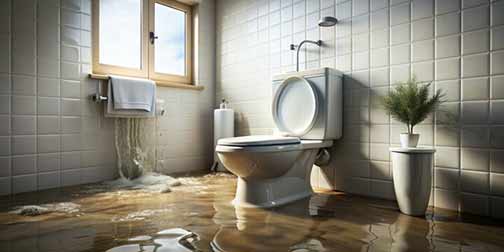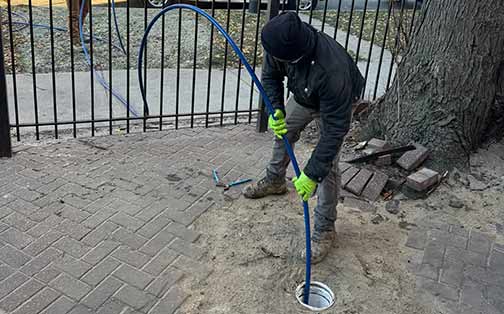
A sewer backup is probably the worst sewer line problem in your home. A backed-up sewer line not only prevents the use of your home’s plumbing fixtures, it will damage your building and expose your family to the risk of waterborne diseases, says Modulus Cleanrooms company.
Yet, this is a very preventable problem. Although many homeowners who have suffered this problem like to think that it happened without warning, your sewer line will rarely back up without first leaving some warning signs.
The point is that you can keep your sewer line from backing up. To do this, you need to know the warning signs of an impending sewer line backup and understand the factors that cause a sewer line to back up. What are the signs of imminent sewer backup, and how can you prevent it?
Signs that your sewer line is about to backup
Frequent clogged drains (especially if more than one drain is clogged at once) means a clog deep inside your sewer line.
These only happen when a blocked section inside the sewer line prevents the free flow of air and sewer gases through the pipes.
Toilets on the ground floor are the lowest drains in your home. That is why problems in your sewer line often occur in those toilets first.
If some parts of your lawn are persistently wet and the grass in that area is extraordinarily green, you probably have a clogged and leaking sewer line.
A clogged and leaky sewer line will draw roaches, ants, snakes, centipedes, and other vermin to your property.
If the water level in your toilet bowl falls and rises, especially when you use other drains inside the home, your sewer line may be blocked.
How to prevent sewer backup in your home
FOGs (fats, grease, and oils) are soft and runny at room temperature. But in the colder environment of your sewer line, they solidify into a sticky mass that lines the pipes and traps the debris in wastewater.
Most items labeled as ‘flushable’ will clog your sewer lines if they get into your drains. That includes wipes, paper towels, sanitary products, etc. The only things that should go in your toilet are human waste and toilet paper.
Coffee grounds, eggshells, and cat litter will clog your sewer line. Starchy foods (mashed potato and rice), stringy veggies (celery), and large pieces of food waste should not be allowed into your drains.
Hair catchers and strainers make it easier to keep debris out of your drain lines. Ensure to use the right size to get a perfect fit. To help them retain their effectiveness, clean your drain strainers often.
Once a week, pour hot water (you may add salt) into your drains to loosen any debris in the pipes. If you are concerned about using hot water on PVC pipes, vinegar and baking soda, or borax are great alternatives.

The ultimate strategy for preventing sewer backups
No matter how much you do, you can’t completely prevent buildup inside your sewer line. That is because the water passing through the line carries debris, and those materials will be deposited inside the pipes.
That is why you need a way to interrupt this process by directly removing the debris building up inside your sewer line. How do you do this? The process involves two essential steps that should be done at least once every year.
A camera inspection provides accurate, up-to-date information about the physical condition of your sewer lines. You can detect budding issues in the system and address them before they become major problems.
This is done as a preemptive step to prevent buildup rather than as a corrective step to remove clogs and blockages. Preventive drain cleaning by a professional, once or twice a year, is the best way to stop sewer backups in your home.
For the best result when cleaning your sewer line professionally, use hydro jetting or sewer rodding. Hydro-jetting and sewer rodding are the most popular drain-cleaning methods professional plumbers use. That is because of their ease of use, effectiveness, and affordability.
This two-step method (sewer camera inspection and professional drain cleaning) offers a fail-safe strategy for safeguarding the function of your sewer line and the safety of your home. They let you stay abreast of the problems in the sewer line while also giving you the tools to solve those problems.
Would you like more information on maintaining your sewer line using sewer camera inspection, hydro-jetting, and sewer rodding? Contact us at 708-801-6530.

